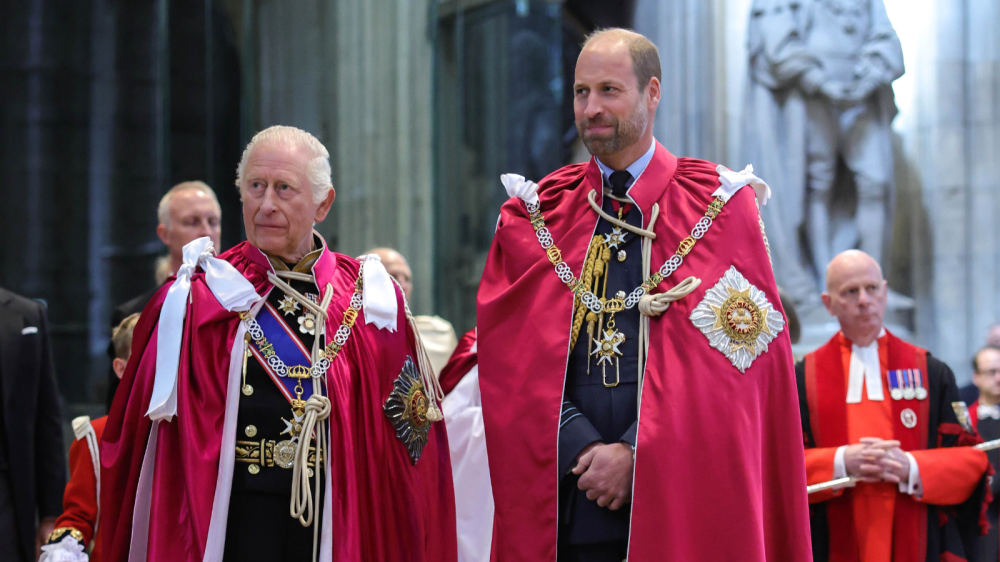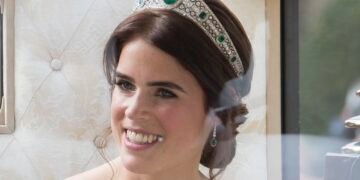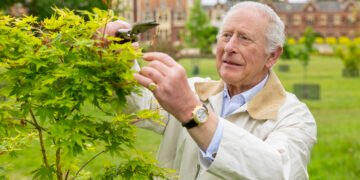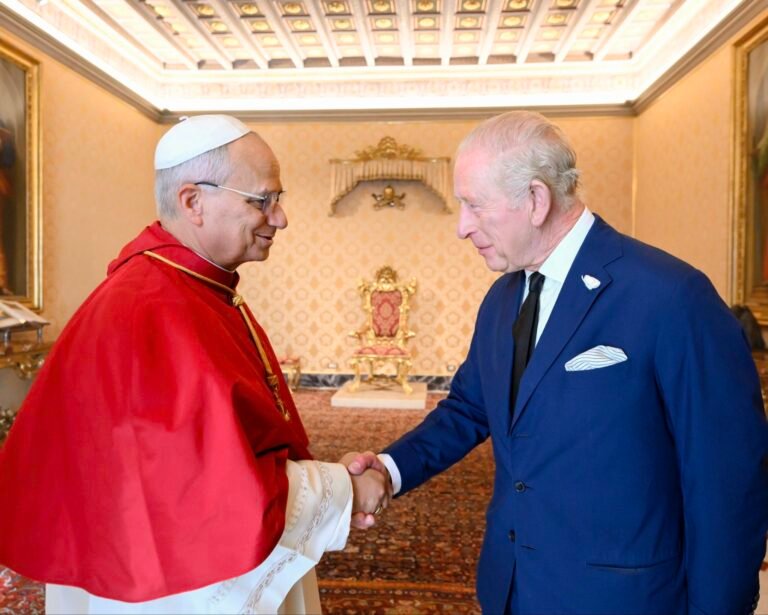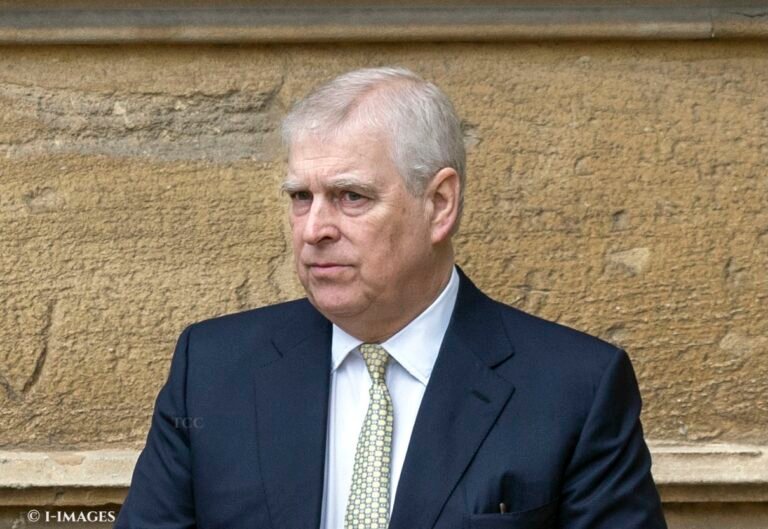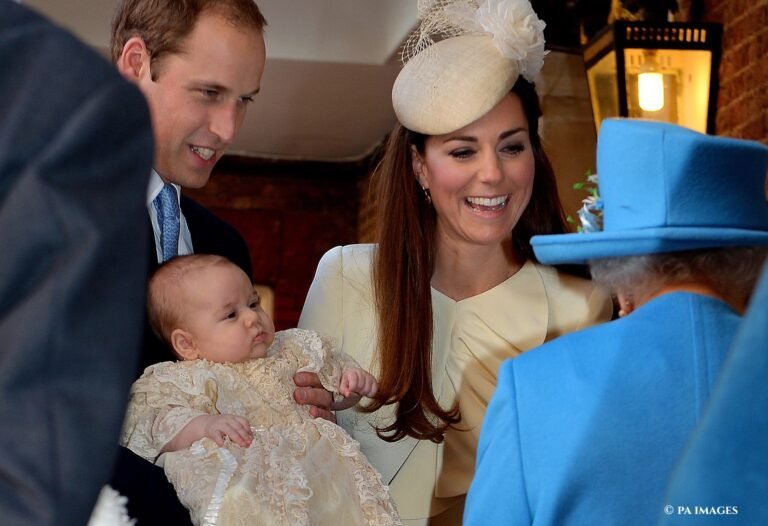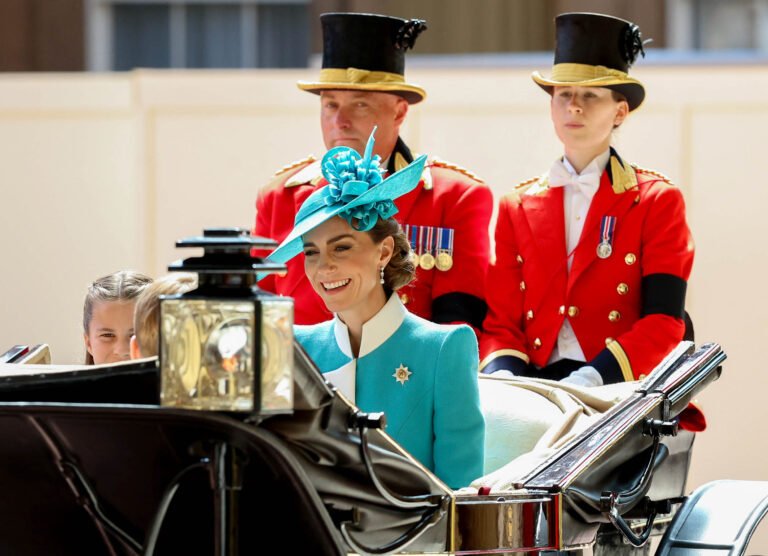The Most Honourable Order of the Bath one of the UK’s prestigious orders of chivalry, steeped in centuries of tradition, symbolism, and service.
Established by King George I in 1725, the Order honours senior military officers and civil servants who have rendered distinguished service to the Crown.
What is the Order of the Bath?
The Order of the Bath was founded by George I in 1725, reviving a medieval custom where knights would bathe – hence the name – representing spiritual purification, before receiving an honour.
It is the fourth-most senior Order in the UK, after the dormant Order of St Patrick.
Their motto is ‘Tria Juncta in Uno’ (’three joined in one’) referring to the Holy Trinity or the Kingdoms of England, Scotland and Ireland.

History of the Order of the Garter
While this ceremonial practice fell into disuse after the coronation of Charles II in 1661, King George I revived the concept in 1725, formalising it into a structured order of chivalry. Initially, the Order comprised the monarch, a Great Master, and 36 Knights Companion.
Until the time of Queen Victoria, the Bath was exclusively a military order. Women were only admitted from 1971, and Princess Alice, The Duchess of Gloucester being the first Dame Grand Cross four years later.
Who is appointed to the Order?
Today, the Order consists of three classes:
– Knight or Dame Grand Cross
– Knight or Dame Commander
– Companion
Appointments are made in both military and civil divisions, recognising exceptional service in various fields. The Order is limited to 120 Knights and Dames Grand Cross, 355 Knights and Dames Commander, and 1,925 Companions.
Members of the two highest classes are entitled to use the titles “Sir” or “Dame” before their names. Notable members have included Admiral Lord Nelson, the Duke of Wellington, and Lord Kitchener.
Overseas heads of state and other distinguished foreigners may be made Honorary members of the Order.
The Order’s Habit and insignia
For the Order of the Bath’s ceremonial occasions, the members wear vestments, which include:
The mantle: is made of crimson satin lined with white taffeta. On the left side is a representation of the star. The mantle is only worn by Knights and Dames Grand Cross.
The hat: worn only by Knights and Dames Grand Cross and Knights and Dames Commander, is made of black velvet; it includes an upright plume of feathers.
The collar: worn only by Knights and Dames Grand Cross, is made of gold and weighs 933 g. It consists of depictions of nine imperial crowns and eight sets of flowers (roses for England, thistles for Scotland, and shamrocks for Ireland), connected by seventeen silver knots.
On other occasions, simpler insignia are used: The star is used only by Knights and Dames Grand Cross and Knights and Dames Commander. Its style varies by rank and division; it is worn pinned to the left breast.
– The star: for military Knights and Dames Grand Cross consists of a Maltese Cross on top of an eight-pointed silver star. Each star features three crowns surrounded by a red ring bearing the motto of the Order in gold letters. The circle is flanked by two laurel branches, and is above a scroll bearing the words Ich dien (older German for ‘I serve’) in gold letters. The star for civil Knights and Dames Grand Cross consists of an eight-pointed silver star, without the Maltese cross. The design of each is the same as the design of the military stars, except that the laurel branches and the words Ich dien are excluded.
The badge varies in design, size, and manner of wearing by rank and division. Knights and Dames Grand Cross wear the badge on a riband or sash, passing from the right shoulder to the left hip. Knights Commander and male Companions wear the badge from a ribbon worn around the neck. Dames Commander and female Companions wear the badge from a bow on the left side.
Installations to the Order of the Bath
George V ordered the revival of regular ceremonies shortly after his accession, a tradition that is continued today. The Monarch attends every other service.
The spiritual home of the Order is the Henry VII Chapel in Westminster Abbey. Here, the Sovereign, Great Master, and Knights and Dames Grand Cross are allocated stalls adorned with their heraldic banners, crests, and enamelled stall plates. These installations are significant events, traditionally held every four years, though recent practice has shifted towards smaller annual services.

Upon the death of a member, their banner and crest are removed, but the stall plate remains as a lasting tribute. A green laurel wreath is temporarily placed above the stall to signify mourning.
Henry VII Chapel
The Henry VII Chapel, also known as the Lady Chapel, is located at the eastern end of Westminster Abbey in London. Commissioned by King Henry VII in 1503 and completed in 1519, the chapel is a prime example of late Gothic architecture in England. Designed by the royal architect Sir Reginald Bray and later completed by William Vertue and Robert Janyns, the chapel is renowned for its intricate fan vaulting, elaborate stone carvings, and striking stained glass windows. It was originally intended as a shrine to house the tomb of Henry VII and his wife, Elizabeth, uniting the houses of Lancaster and York and symbolising the end of the Wars of the Roses.
‘The Interior of Henry VII’s Chapel in Westminster Abbey’ (1750s) by Canaletto
(Private collection) pic.twitter.com/DxSDiCLz6L
— Paintings of London (@PaintingsLondon) June 16, 2024
One of the chapel’s most known features is its ornate ceiling, considered to be one of the finest examples of fan vaulting in the world. The tomb of Henry VII, designed by the Italian sculptor Pietro Torrigiano, is richly decorated with Renaissance detail and lies at the heart of the chapel. Over the centuries, the chapel has become the final resting place for several monarchs, including Elizabeth I and Mary I.

